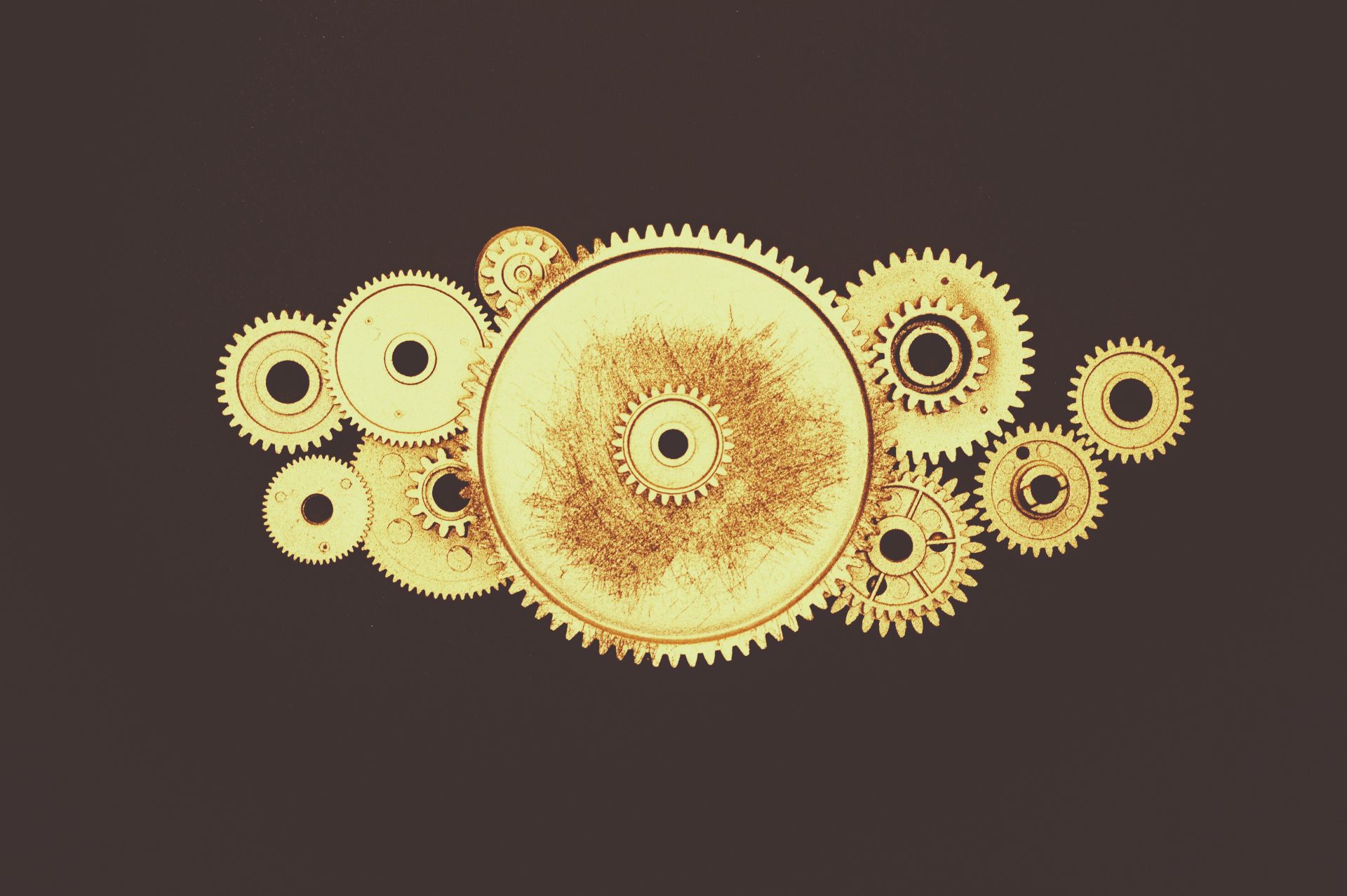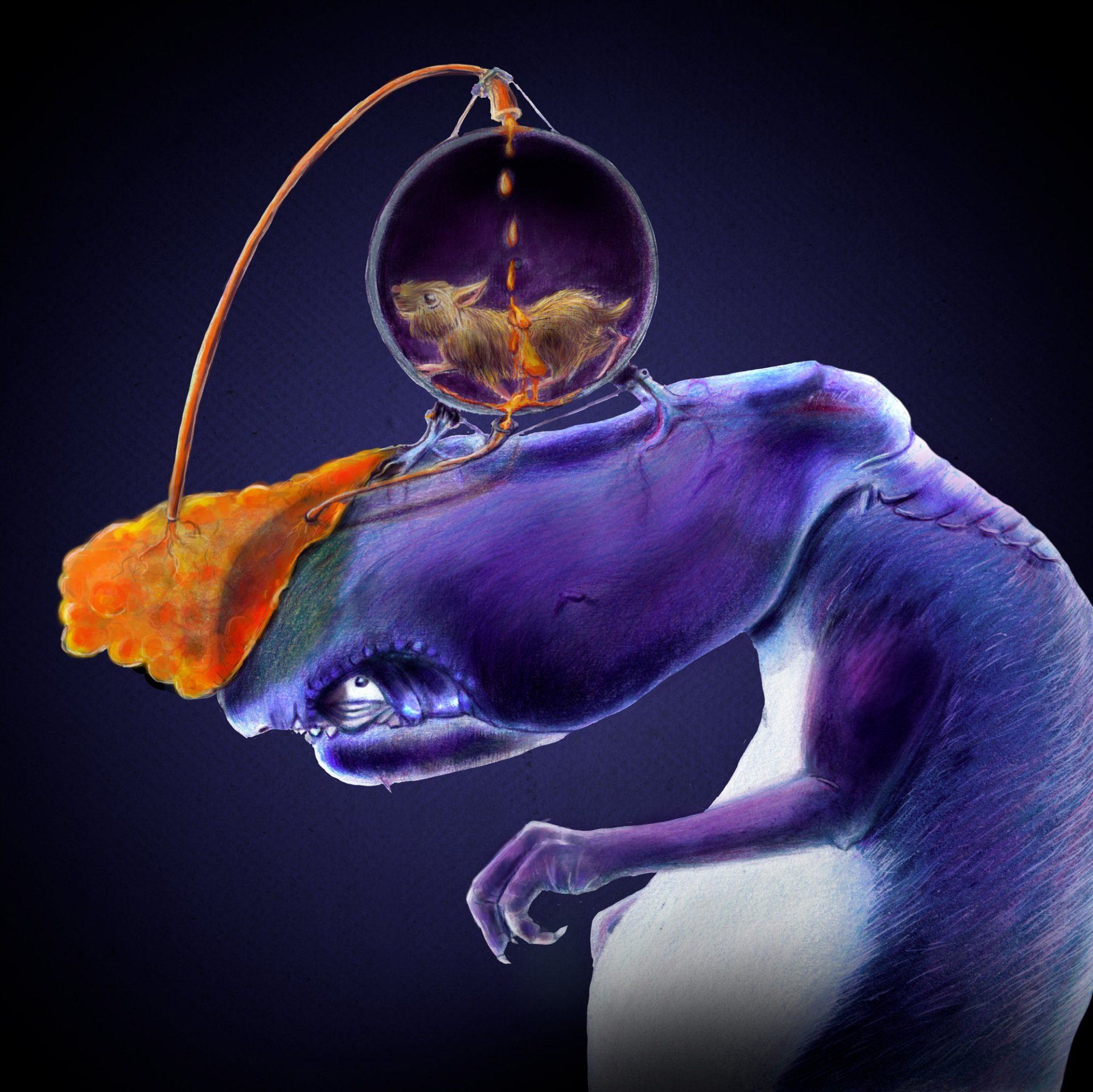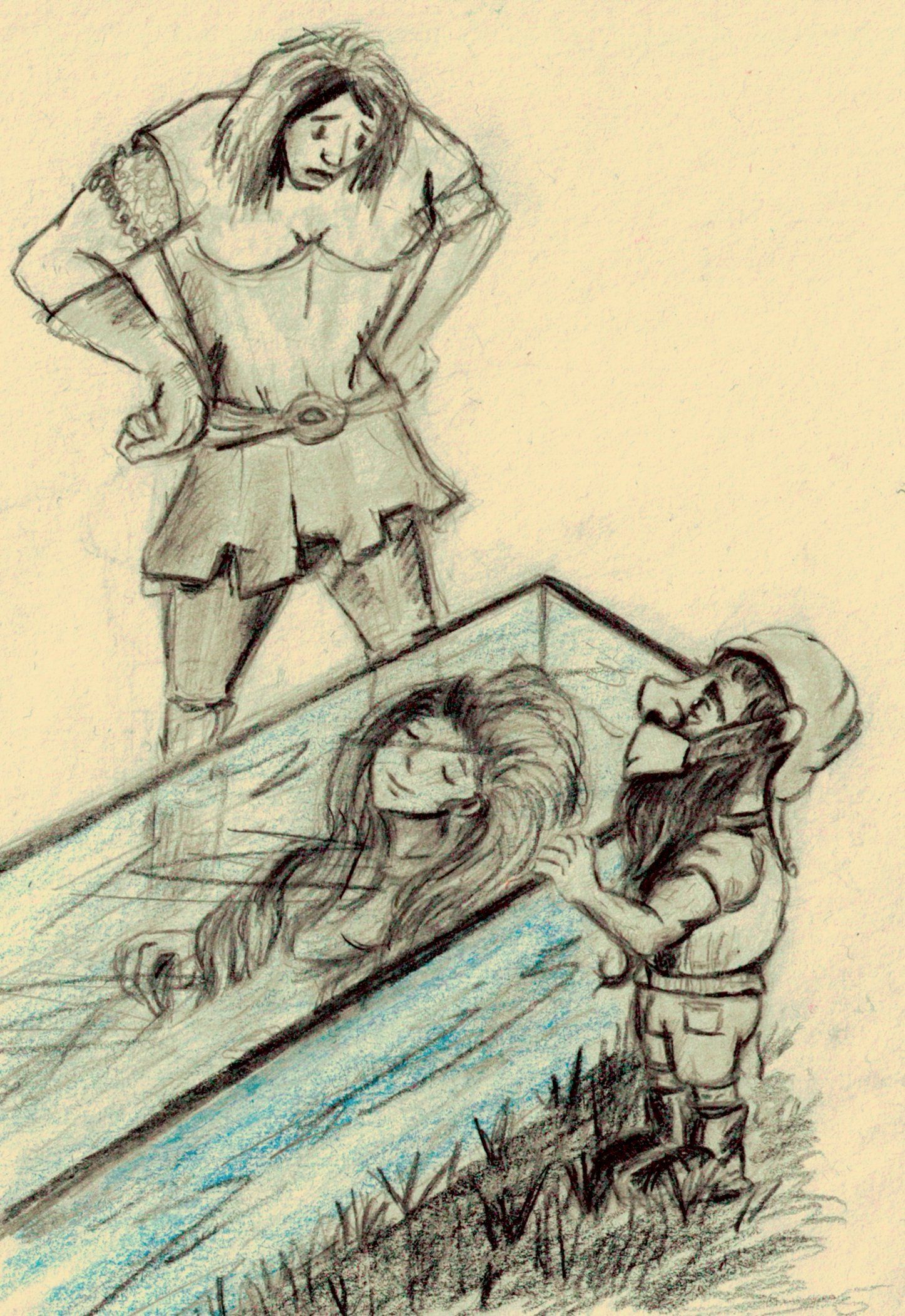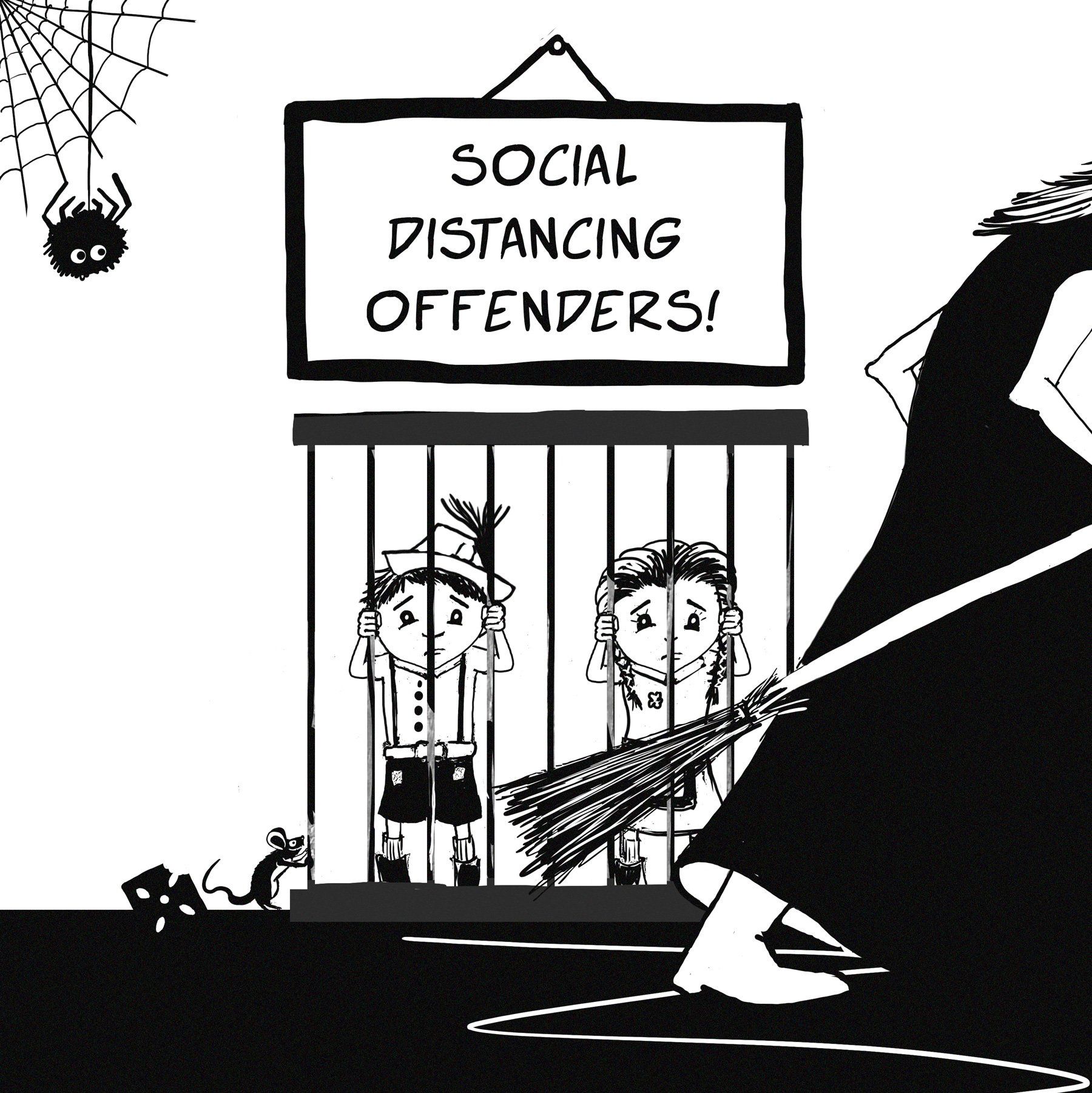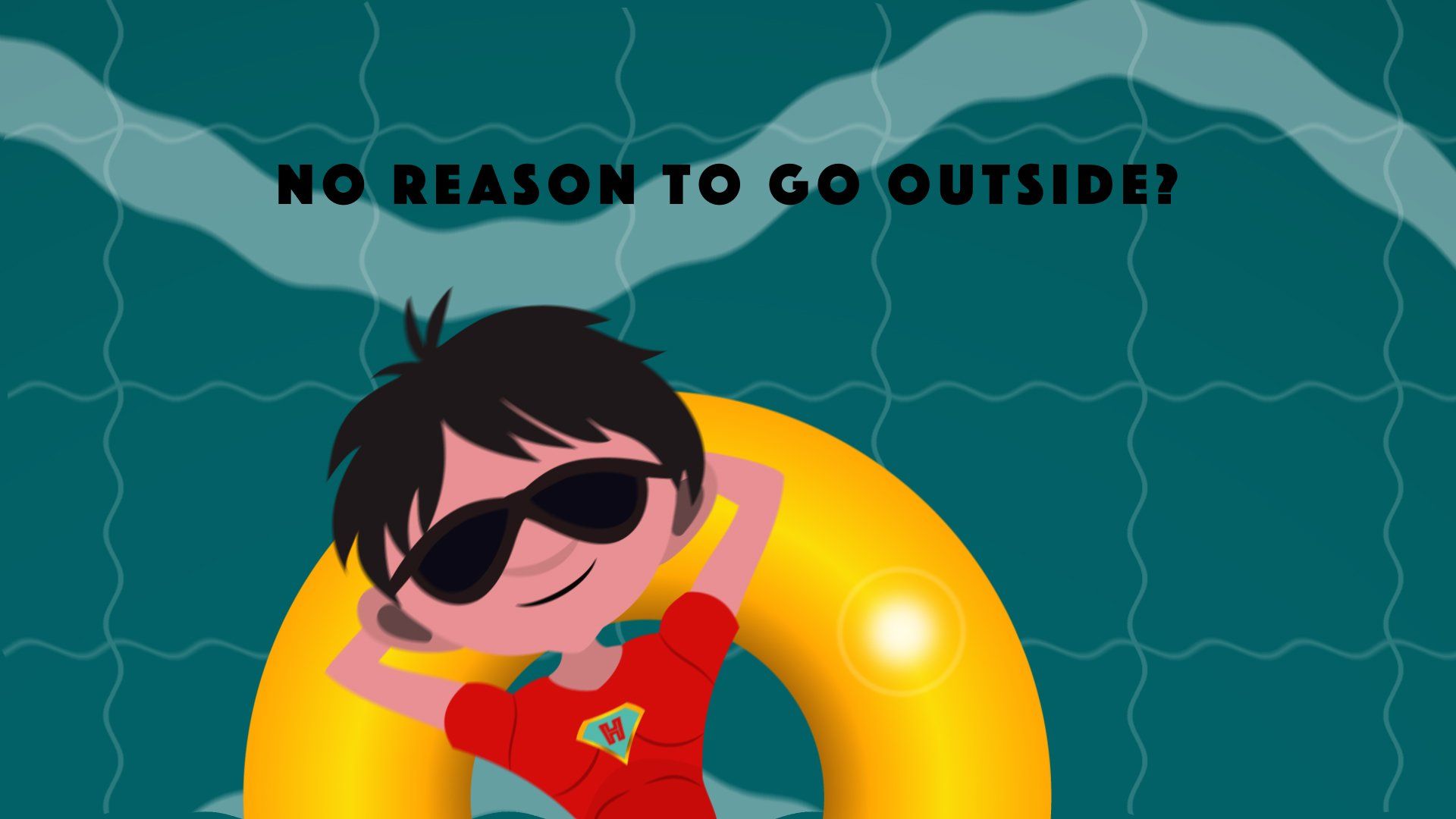The Selkie Wife
The Selkie Wife - Discovering yourself through story
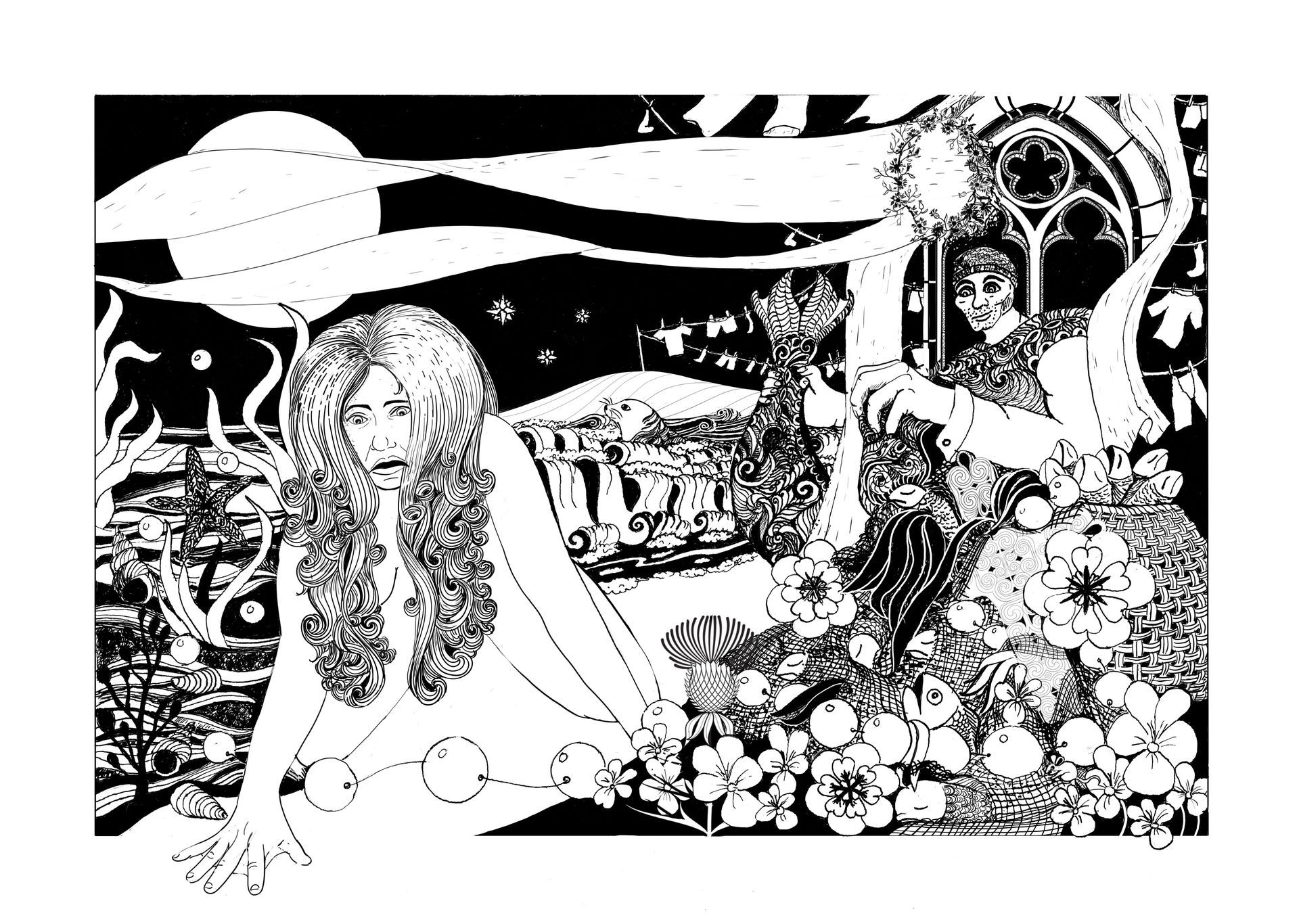
The power of story
As the year turns from light to dark and we spend more times indoors listening to howling winds and lashing rain, stories become more important. They are the light of winter nights and autumn gatherings leading us to places both familiar and strange, evoking an ancient magic of enchantment beneath a layer of entertainment.
Stories are memories of events both real and imaginative and as such provide a plethora of insight into how the world was once perceived and, at its core, the nature of life itself. Such tales are never left completely unchanged and ultimately it is the storyteller’s prerogative to change the flavour of a story, determining who is the villain and who the hero.
In the fantastic fairy tale and legend of old we encounter characters that feel contemporary in their fears and hopes whilst being steeped in a mythic landscape that we enter through imagination. Engaging with those stories enriches self-awareness as we shift perspective with each character of the tale and so explore our own connection to their predicament and challenges. If we approach the characters with compassion and without prejudice, we allow ourselves to look at and be compassionate of our own uncomfortable thoughts and instincts. That is the power of story.
Celtic Selkie stories
Celtic Selkie stories have been found in Scotland, Ireland, Iceland, the Isle of Man and the Faroe Islands. They all tell of shapeshifting seals that can temporarily shed their (seal) skins and take on a human shape on land. In that new form they interact with humans often against their will and intention as in the story below that comes from the Northern isles of Scotland which I have chosen to illustrate. Please note that there are many variations of the tale.
Exploring the Selkie story
Below you will find an account of a tale that is written from the position of an observer. Read that story carefully and familiarise yourself with its content and settings. You may then want to write your own story from the perspective of a character that you are drawn to the most. How does this character experience the various events? Once you have explored that move on to a more ambivalent character and proceed in an equal fashion. All may yield a creative way of looking at your own ideas and thoughts some of which have been unconscious. Working with stories reveals such unconscious content and allows you to bring to light that which was hidden. It is then up to you keep, change, or strengthen certain thoughts and beliefs that are serving you.
Alternatively, you can work with writing prompts which can also yield a great number of insights.
The Selkie wife
Imagine that you are standing on a white sandy beach on a Northern Isle of Scotland. Wind is whipping your hair and tucking at your clothes as you watch a full moon riding high above a turbulent sea. Waves are lapping hungrily ashore, silver crested and undulating. You spot a darker shape within the labyrinth of waves, a head bobbing playfully above the waves allowing itself to be carried to shore. As the shape detaches itself from the body of ocean you see that it is a seal moving a little bit awkwardly closer inland. Moonlight streams over its skin and you notice that it is uniquely covered with patterns and symbols that interlace in a harmonious design. The seal rolls in the white sand and, before your eyes can fully take it in, sheds its skin to reveal a naked woman laughing and calling out to sea. You follow her gaze and notice more seals moving to shore and shedding their skins, joining her in an ecstatic dance on the white sands, their seal skins lying strewn across the beach, each unique in its design.
As you enjoy watching their dance you notice another shape moving from land closer to the beach and the dancing Selkies, for that is what the seal women are called. The moonlight reveals a young fisherman creeping closer to the dancing Selkies and you see desire for all that wild beauty in his eyes. Your gaze flits between the Selkies oblivious to their observer and the man who creeps closer to one of the abandoned skins and quickly stuffs it into his fishing basket. Unseen he hides behind a large rock and watches until the Selkies tire of their dancing and, one by one, find their own skin, slip it comfortably over their human shape and return in seal shape to the sea. The man’s eyes search for the Selkie whose skin he has stolen. He watches as she rakes the ground frantically to find her lost skin. She cries and screams in frustration and anger, as he steps into the moonlight, and guesses what he has done. He walks up to her and talks to her in soothing tones, offering her marriage and a life on shore close by the sea. Reluctantly she agrees to go with him to his small fishing hut and in time she becomes his wife sharing his home and bed.
You follow and watch from a distance as their lives together unfold. There is laughter and there are tears, children are born, and death takes away one whilst the other two, a boy and a girl, grow up strong and beautiful. The Selkie without her seal skin is living like any other fisherman’s wife according to the rhythms of the land but at night you watch her dreaming of the sea. Her bed becomes an ocean into which she sinks leaving the land behind, swimming with her sisters in three-dimensional freedom. When she awakens with the call of the surf echoing still within her she realises that, should she ever find her skin again, the sea would call her back and she would forsake her life on land, husband, children, and all. You watch her beg her husband to hide her stolen skin, and he promises to keep it safely stashed away in an unlikely place.
One morning you watch her little son playing before their hut. He is trying to catch flying autumn leaves that are moved by a strong breeze carrying the strong scent of the sea. The little boy is happily running after the leaves leading him slowly towards his father’s fishing shed. One particularly pretty leaf, crimson and gold with dark red veins blows inside and he follows. As if moved by invisible fingers it falls between two crates and he pushes them apart with all his strength. They part quite easily and reveal the leaf that has landed on something soft and shiny, crumpled up in a heap. He reaches out, touches the soft, flowing thing, and filled with curiosity gathers it up to show to his mother. You run back to the hut with him, excitement shining in his eyes, the Selkie skin clutched in his hands, with the sound of the sea in your ears.
Inside the Selkie wife makes bread, kneading the dough on a wooden table. She looks up briefly, hearing the boy enter and calling for her. The moment her eyes behold the skin she understands what her son has found. Her eyes reflect the difficulty of the choice she must make, between the call of the sea and the love of her family. Her son approaches her holding up the skin for her to touch and as soon as her hand brushes over the seal skin the longing for the ocean drowns out her love of all else. She bends down and whispers something in his ear, takes the skin from his hands and leaves him in the care of his older sister.
The Selkie wife retraces her steps to the ocean’s edge from hence she came. You follow behind her climbing down the dunes to the white sandy beach and lapping waves. Seagulls circle in the dark blue sky above as she unfolds the skin and takes off her human clothes before slipping on her seal skin. In her seal shape she enters the ocean and leaves behind everything that she has known and created for the past years. As wave after wave welcomes her back, she becomes part of the ocean again, the land becoming the dream. You watch her swimming far out to sea knowing that her husband and children never see her in her human shape ever again.
Writing prompts
Selkie
- I lost my skin …
- My skin represents…
- Returning to the ocean means…
- Leaving behind that which I have come to love means…
Fisherman
- When I desire something I…
- I can forgive myself for…
- I stand by my choice because…
Child
- I wish that …
- I have no control over…
- I am curious …
